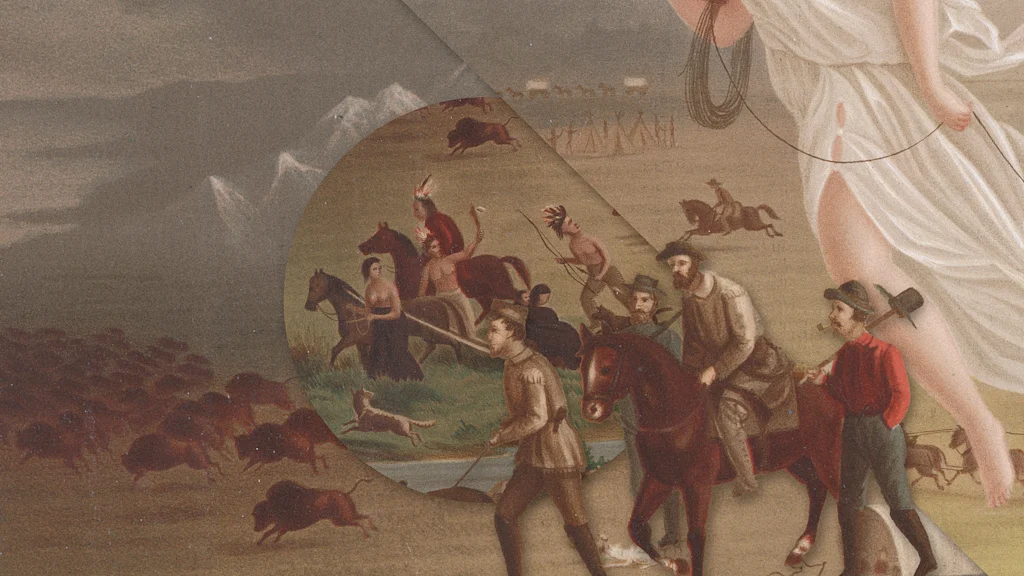
"The 1873 painting by John Gast shows a group of white pioneers traveling west, forcing a group of Indigenous people out of frame."
"American Progress does not show Americans "defending" a homeland: "What we actually see here are American settlers invading a homeland," Sandweiss says."
"Gast's painting has long been used as an embodiment of the concept of "Manifest Destiny," a belief held by many during the nineteenth century."
"The DHS's choice to highlight American Progress shows that its art choices have become an intentionally provocative flashpoint in an ideologically divided United States."
The Department of Homeland Security promotes a vision of an ideal America through social media, juxtaposed with mass deportations. A recent post features John Gast's 1873 painting 'American Progress,' depicting white settlers and Indigenous displacement. This choice embodies 'Manifest Destiny' and raises concerns about a whitewashed historical narrative. Historian Martha Sandweiss critiques the irony of the depiction, noting that the artwork portrays invaders, not defenders of a homeland. The post reflects an effort to provoke discourse in a divided America and suggests exclusionary tendencies toward non-white citizens.
Read at Fast Company
Unable to calculate read time
Collection
[
|
...
]